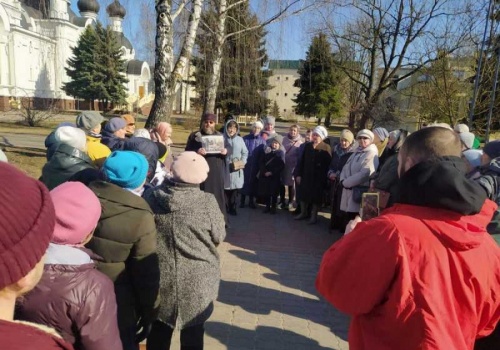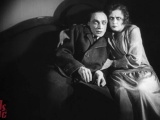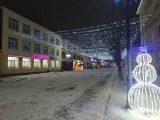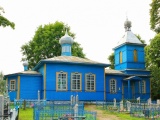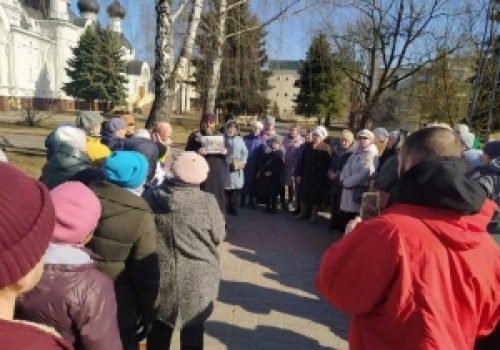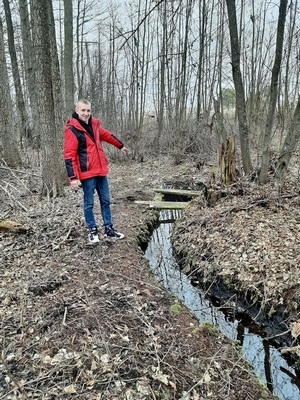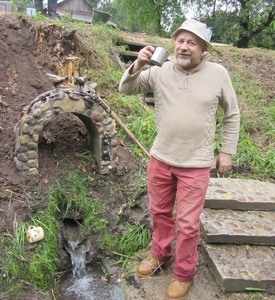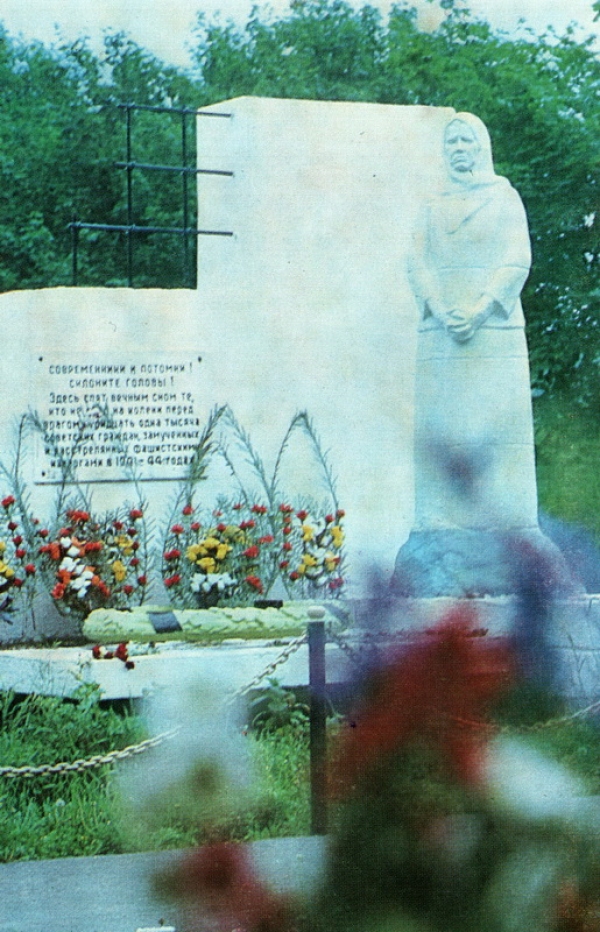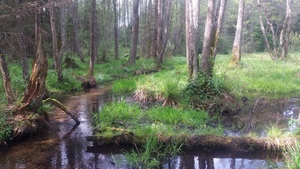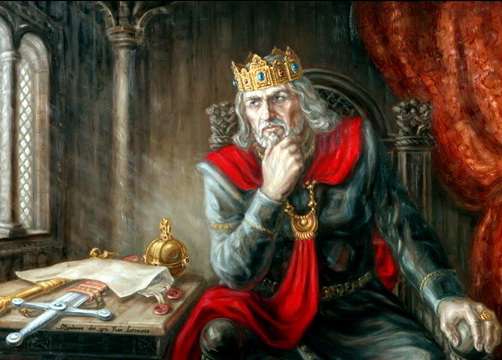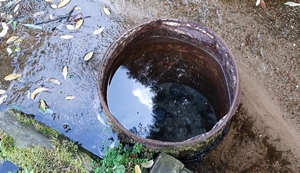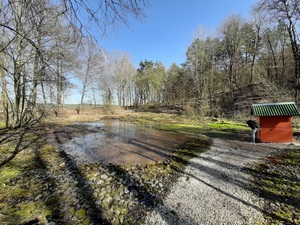The tomb of Belarusian poet and blacksmith Bagrym, Pavel Iosifovich (1812-1891) in Kroshin
In the village of Kroshin rural cemetery, immediately behind the Catholic church, there is a tomb of the person, who was, according to many researchers, a pioneer of the first third of the 19th century Belarusian lyric poetry.
Kroshin itself, situated in the centre of Lithuanian historic lands, was a small market settlement, where people from neighbouring villages went to sell their homemade products and buy products sold by local and visiting craftsmen and merchants.
The people of Kroshin had had economic freedom for a long time, which was granted to them by Prince Macey Radziwill and his children Constantine and Antonina.
But they wouldn’t treat with similar respect Stanislau Yuraga, the husband of Princess Antonina, who became the owner of the place in 1826, the fact that annoyed the young and ambitious landlord. So S. Yuraga tried legally, by judicial settlement to annex Kroshin lands to his possessions. The court of law in Grodno was on the landlord’s side , which was quite typical of those times. But the people of Kroshin wouldn’t give in, and when in 1928 spring field work started, they refused to perform their labour conscription inspite of the landlord’s demands. When threatened by Yuraga, they promised to burn down the estate. Frightened by the people’s rebuff, the landlord sought help from the authorities. To make the people of Kroshin obey, over a hundred soldiers were sent to Kroshin. The tsarist government was worried by peasants’ spontaneous actions as it regarded them as a great danger. Therefore, the reprisals against the villagers were cruel. 37 peasants and 3 Polish noblemen were brought to trial. These events were taking place before the eyes of the then young Paulyuk Bagrym, who desribed them in his poetic work that we know by its first lines: “Play, play, little fellow”. It was first published in London in 1854 by lawyer Yatskovsky from Novogrudok in the book called “Tales of My Time, or Lithuanian Adventures”. Its second edition came out in Poznan in 1858.
Paulyuk Bagrym’s biography still causes a lot of controversy. During the judicial investigation of the actions taken by the people of Kroshin, Bagrym was 16 years old, actually, he was in his 17th year. So, in accordance with the court decision, he was called up into the army as a recruit.
After returning home, Bagrym worked as a blacksmith and was known as a talented and inventive person. There still goes a story among the local residents how Bagrym made a razor like the one that the landlord had. The landorld himself could not distinguish between the original razor and the copy made by Bagrym.
But we have first-hand knowledge of the girandole-chandelier forged by Bagrym in 1881 which is now in the Catholic church in Kroshin. This is a material evidence which miraculously survived during the hard times of 2 world wars.
Geographic coordinates: N 53° 11' 58,92" E 26° 09' 41,10"
Foto: Владимира ЗУЕВА, Елены ЮРКЕВИЧ


